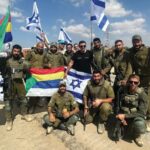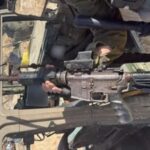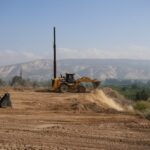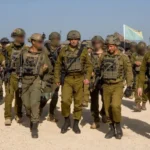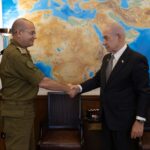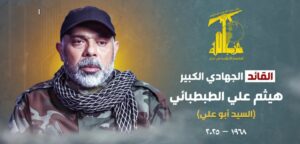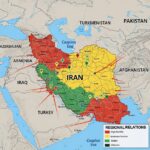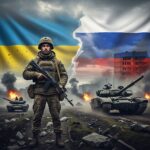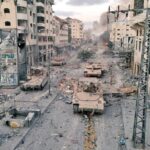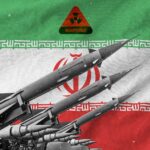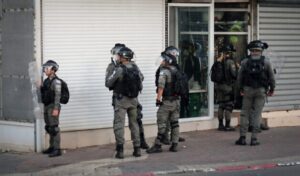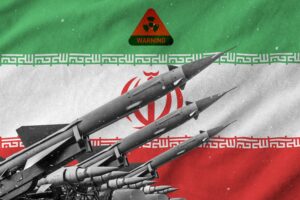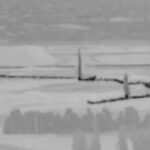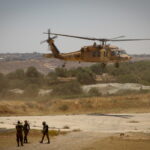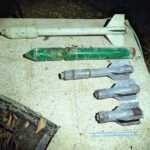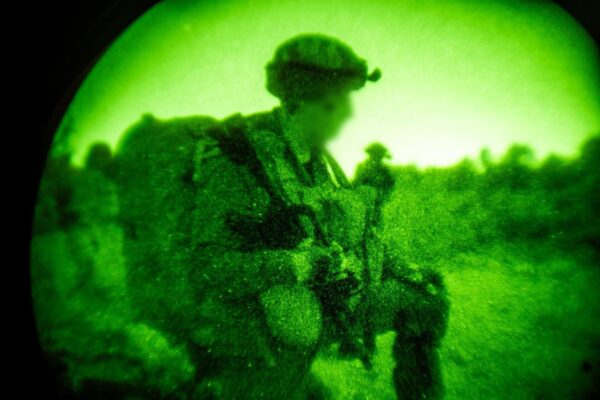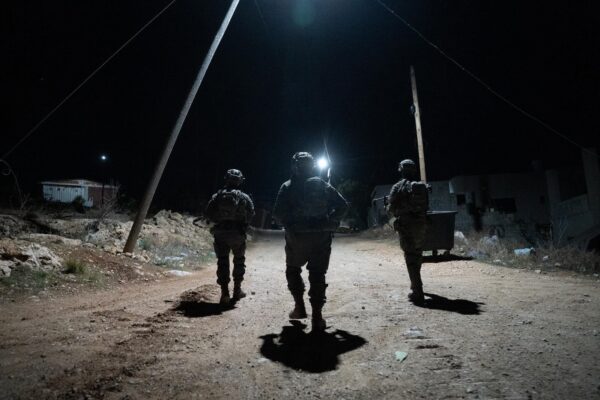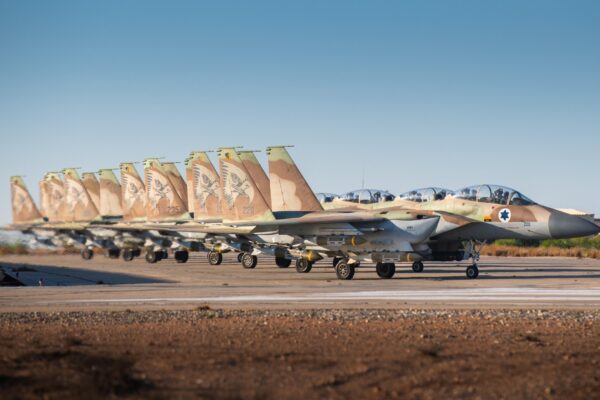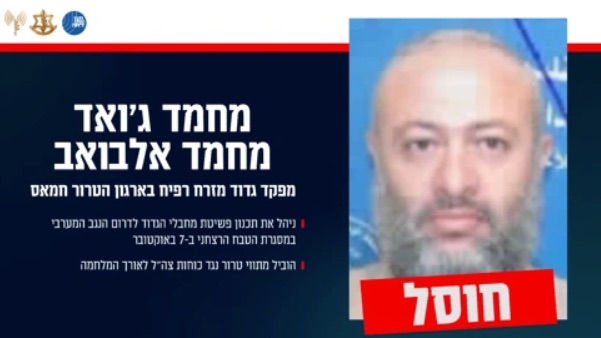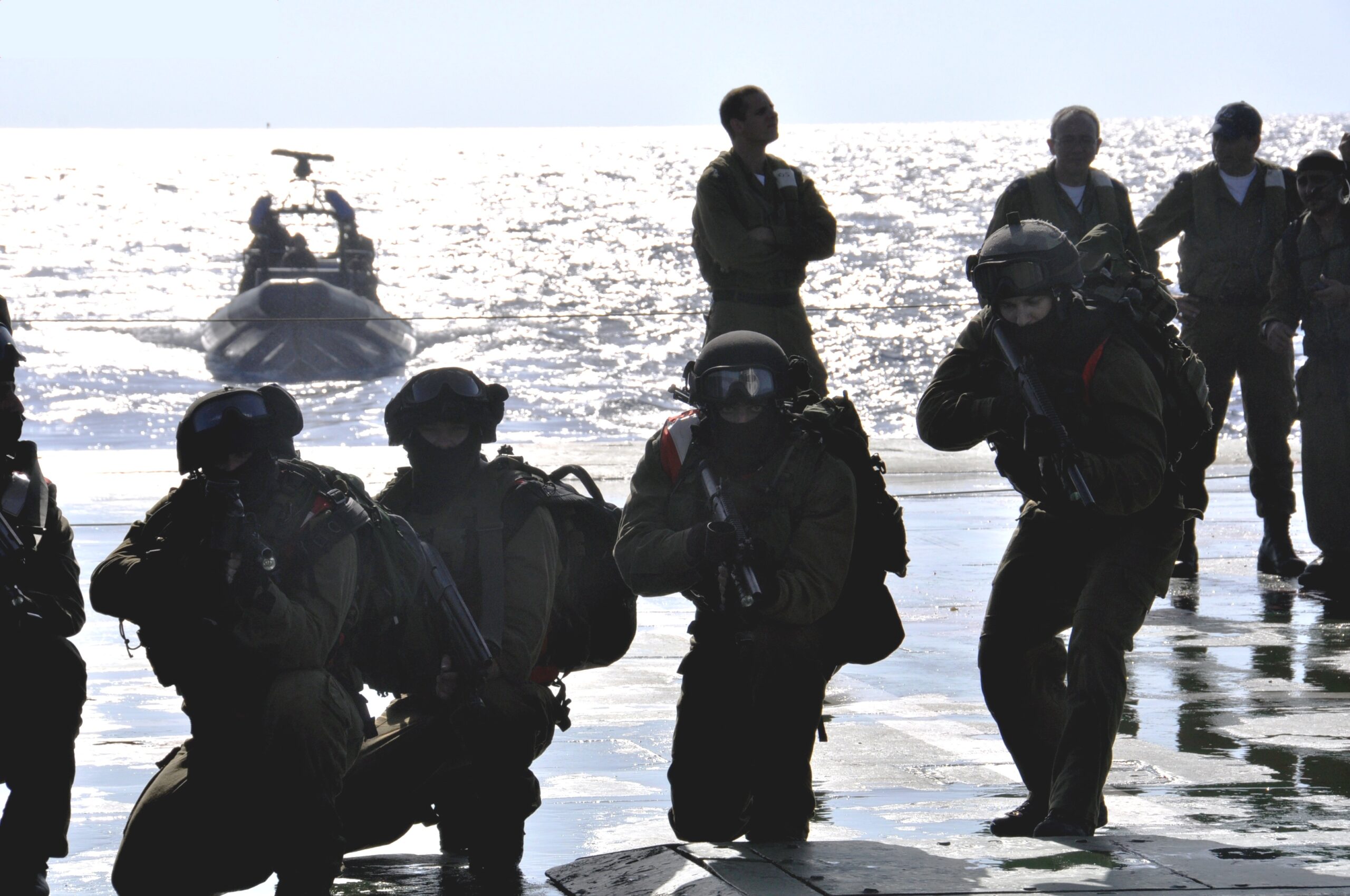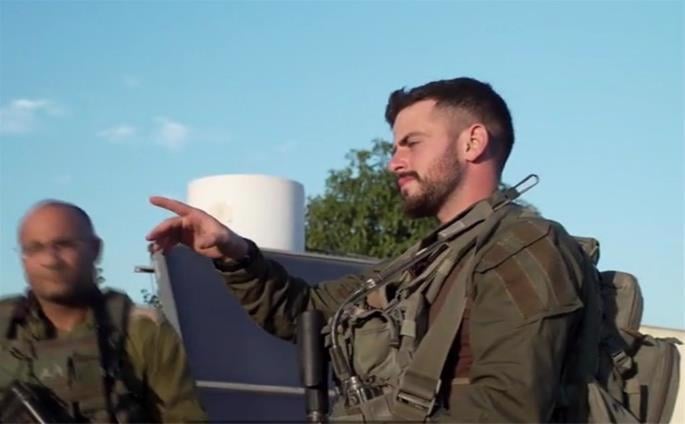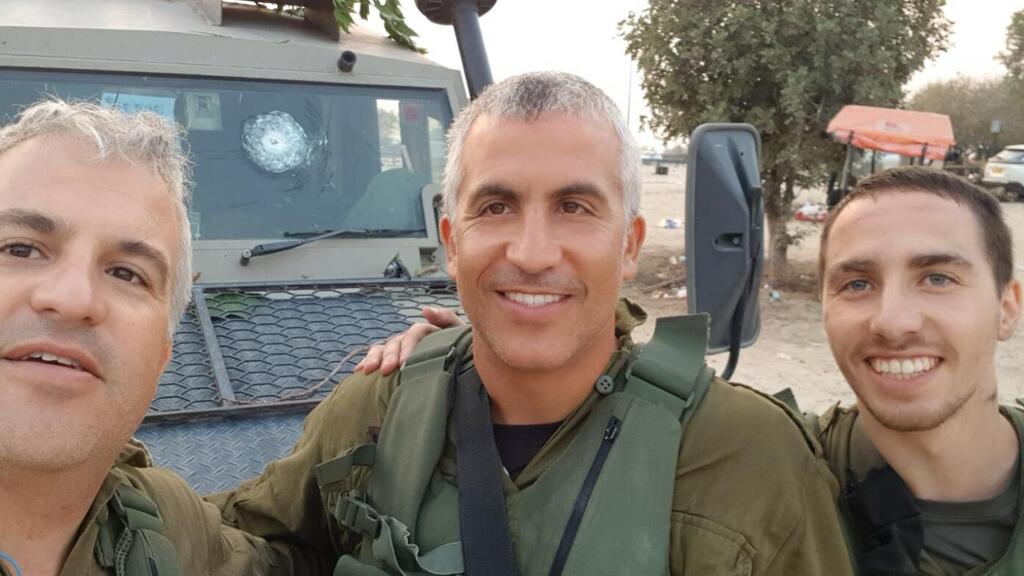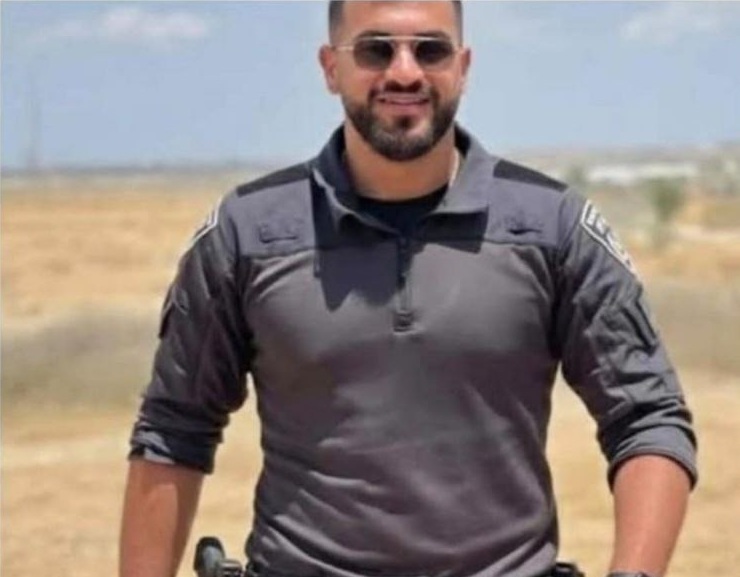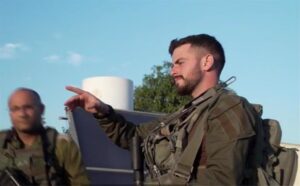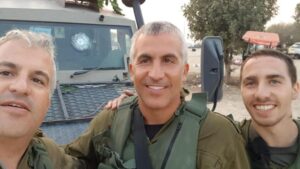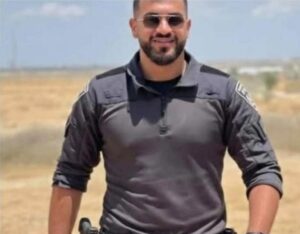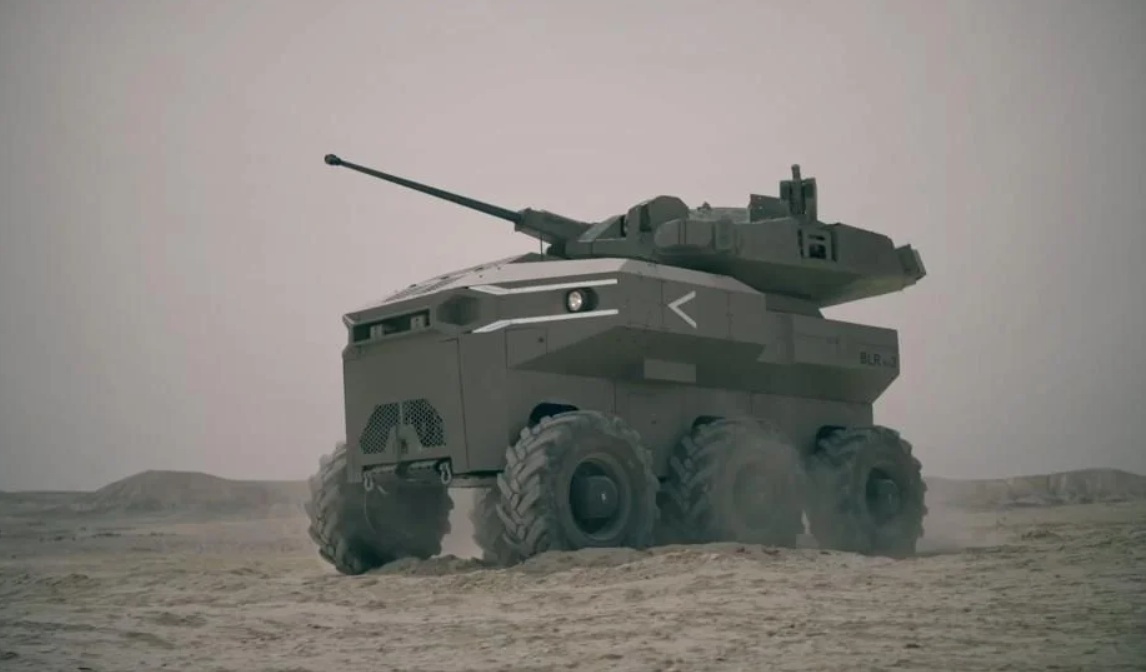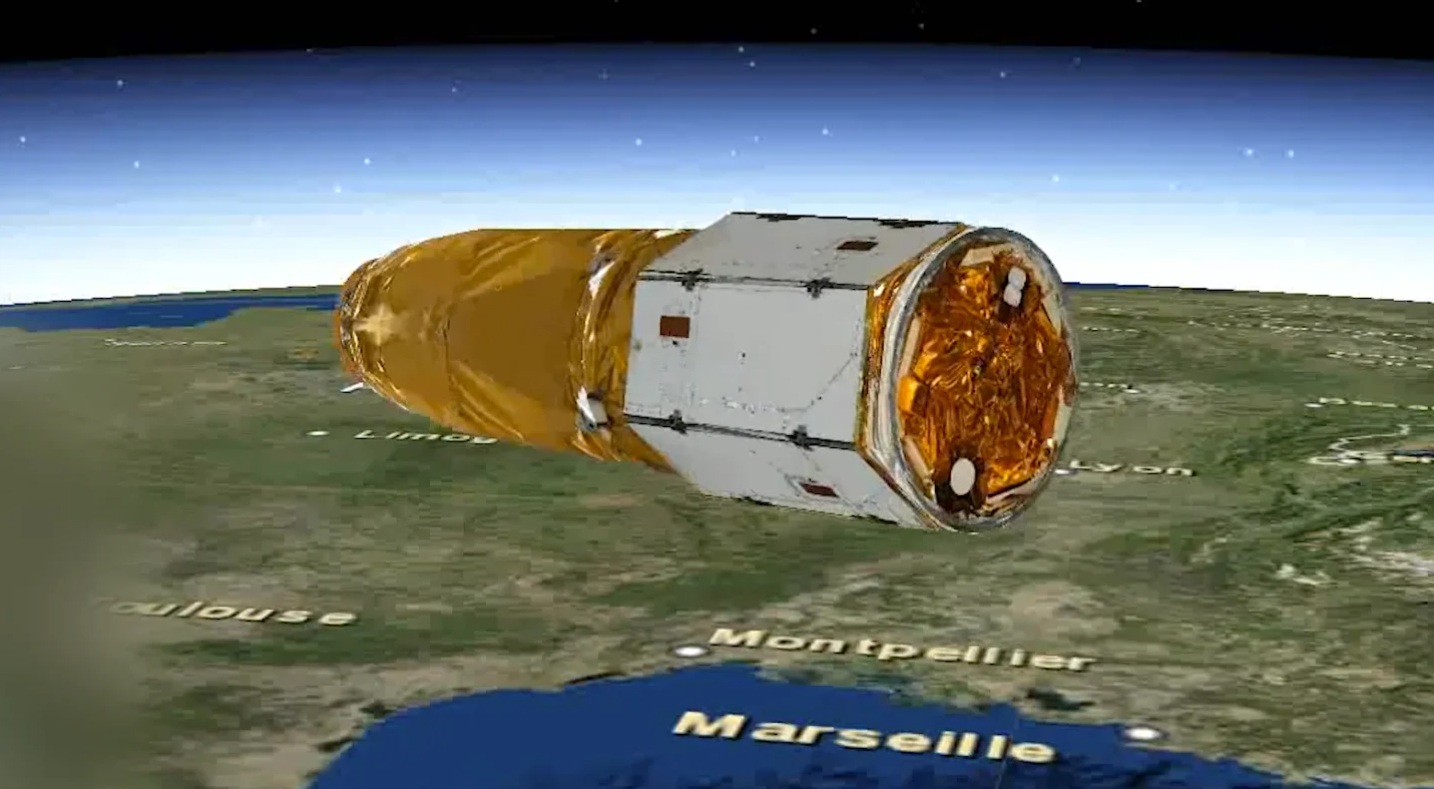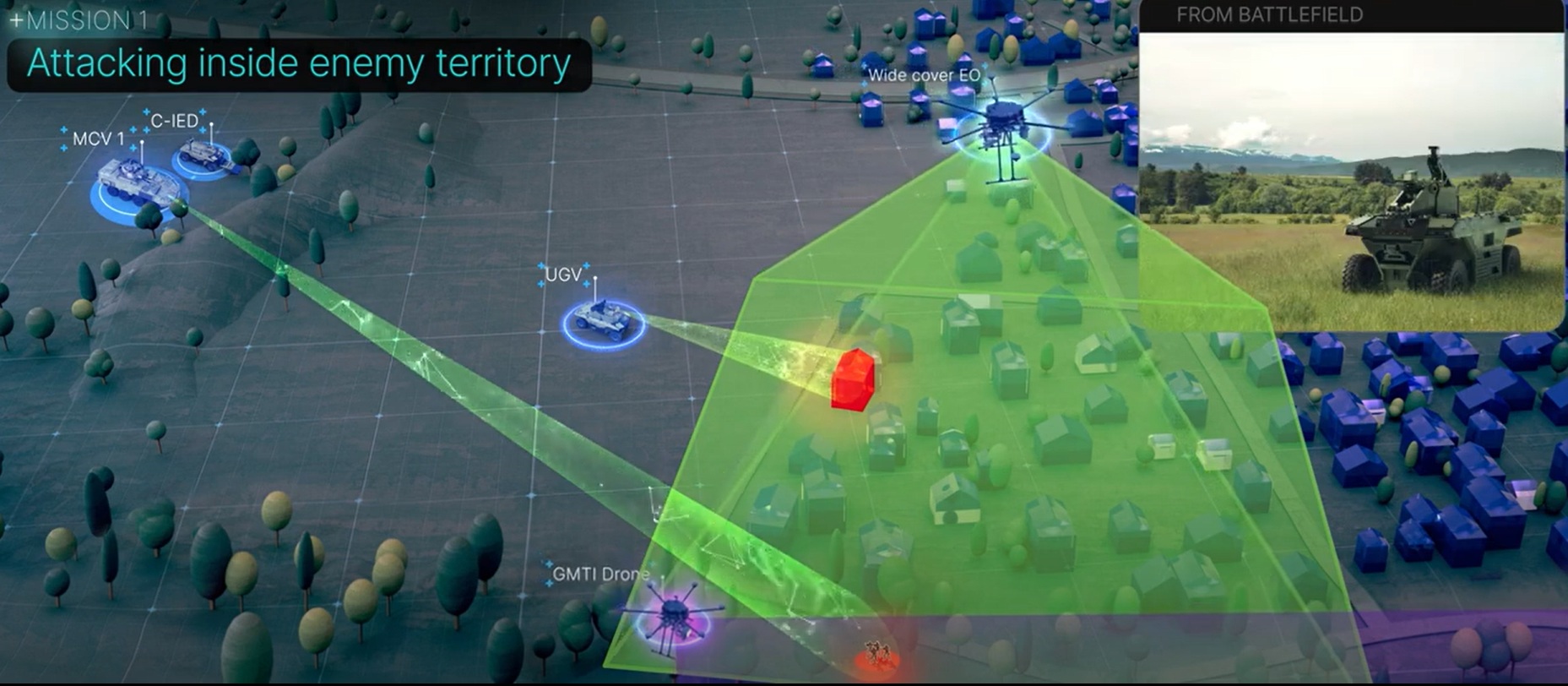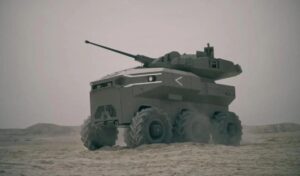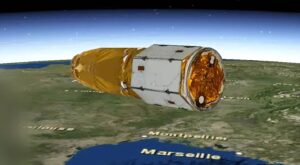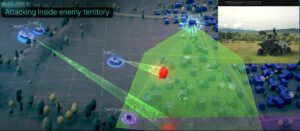Traditional surveillance methods—satellite imagery, signal interception, and human intelligence—had failed to pinpoint his location.
By Hezy Laing
In a revelation that stunned both the defense establishment and the public, a Charedi mother of seven was honored for her pivotal role in one of Israel’s most daring intelligence operations—the elimination of Hezbollah leader Hassan Nasrallah.
During a ceremony at the President’s Residence in Jerusalem, she received the prestigious Israel Defense Prize for developing the technological systems that enabled Mossad agents to locate and neutralize Nasrallah deep within Beirut’s Dahiya neighborhood.
Her work, conducted in close collaboration with Mossad, MAFAT (Israel’s Defense R&D Directorate), and elite IDF intelligence units, involved designing advanced surveillance and targeting systems.
These systems fused artificial intelligence, encrypted communications, and real-time geolocation tools, allowing operatives to navigate hostile territory with precision.
According to Mossad Director David Barnea, the operation was “a triumph of courage, innovation, and cunning,” and her contributions were described as “the thread that turned fantasy into reality.”
The system was designed to solve one of the most complex challenges in modern intelligence: locating and targeting a high-value adversary who had spent decades hiding behind layers of physical and digital protection in the heart of enemy territory.
Nasrallah had become virtually untouchable. He rarely appeared in public, operated from deep underground bunkers in Beirut’s Dahiya neighborhood, and used encrypted communications and decoys to mask his movements.
Traditional surveillance methods—satellite imagery, signal interception, and human intelligence—had failed to pinpoint his location with actionable precision.
What was needed was a breakthrough: a system that could fuse fragmented data from multiple sources, analyze it in real time, and guide operatives through hostile terrain without compromising their safety.
The solution she developed integrated artificial intelligence, geospatial mapping, and encrypted field communications into a unified platform.
It allowed Mossad agents to track subtle patterns in Nasrallah’s digital footprint, cross-reference them with environmental cues, and predict his movements with unprecedented accuracy.
The system also enabled secure coordination between field units and command centers, even under electronic warfare conditions.
In essence, it turned chaos into clarity—transforming scattered intelligence into a coherent operational picture.
Her work was not just technical; it was strategic.
By enabling Mossad to operate “under fire in the heart of an enemy state,” her system redefined what was possible in covert warfare.
It was needed because the stakes were existential: Nasrallah was not only a symbolic figurehead but a tactical mastermind behind Hezbollah’s drone and missile campaigns. Neutralizing him required more than bravery—it required brilliance.
What makes her story extraordinary is not just the technological achievement, but the personal context.
As a devout ultra-Orthodox woman raising seven children, she defied stereotypes about religious women’s roles in Israeli society.
Her success underscores the growing integration of diverse communities into Israel’s defense ecosystem, where talent and dedication transcend cultural boundaries.
The operation itself marked a turning point in Israel’s shadow war against Hezbollah.
Nasrallah, long considered untouchable due to his deep concealment and layers of protection, was eliminated in a strike that relied heavily on the systems she helped build.
The mission required Mossad agents to operate under fire in the heart of an enemy state, guided by tools she engineered.
Her story is a testament to the quiet brilliance behind Israel’s most audacious victories—a reminder that the architects of national security often work far from the battlefield, in labs, offices, and homes filled with children and faith.



